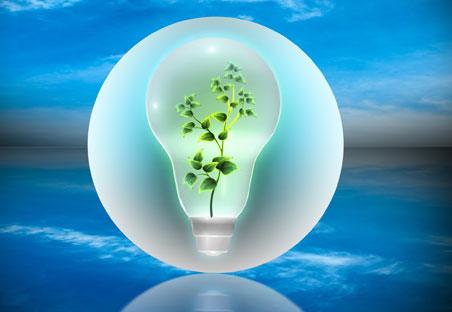
Everything that consumes power – from direct electricity consumption through lighting, heating, and, most signifi cantly, electric motors, but also in HVAC control, boiler control, and so forth – must be addressed actively if sustained gains are to be made.
This includes changing the culture and mindsets of groups of individuals, resulting in behavioural shifts at work and at home, but clearly this need is reduced by greater use of technical controls.
Download the whitepaper to know more...
Active Energy Efficiency is defined as effecting permanent change through
measurement, monitoring, and control of energy usage. Passive Energy
Effi ciency is regarded as the installation of countermeasures against
thermal losses, the use of low consumption equipment, and so forth.
It is vital, but insufficient, to make use of energy-saving equipment and
devices such as low-energy lighting. Without proper control, these measures
often merely militate against energy losses rather than make a real reduction
in energy consumed and in the way it is used.

 In
In
Add new comment